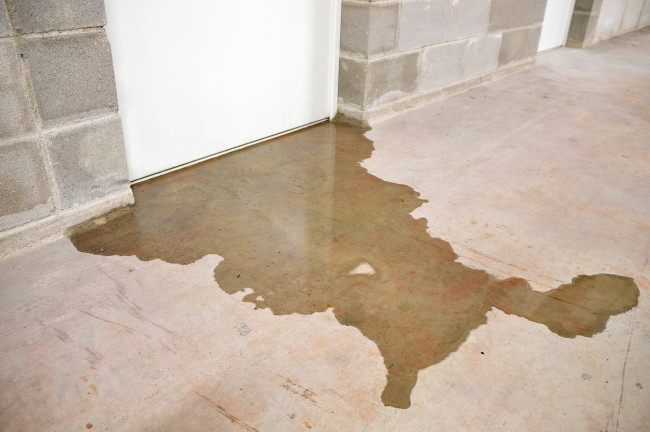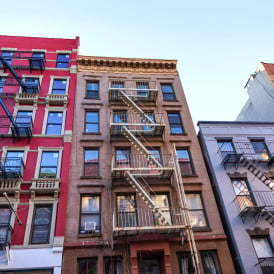Who should we hire to help sell our NYC building's air rights?

Negotiating development rights is very complex so you will need an attorney, and you may also want the expertise of a surveyor and architect as well as an appraiser.
iStock
What types of experts should our building hire to advise us on negotiating and selling our air rights?
“If your board has been approached by a developer about your air rights and you are interested in selling, the negotiations will certainly involve an attorney but you might also need the expertise of a surveyor, and architect, as well as an appraiser and a broker,” says Steven Wagner, a real estate attorney at the Manhattan law firm Wagner, Berkow & Brandt who represents co-op and condo boards and owners.
When people talk about air rights, the more accurate term is development rights. This is the term that’s defined in the zoning resolution of the city of New York. They are also referred to as floor area ratio (FAR).
To determine how many development rights or FAR you have, you need to first find out the square footage of your property or the lots where your property is located. Then you multiply this by a number, which is determined based on the building’s zoning district. You will need expert advice to establish this multiplier and then to negotiate with the developer for their purchase, if that’s what you want to do.
“There’s a lot of money at stake based on the number of square feet or FAR available,” Wagner says. He has handled several multi-million dollar deals, typically representing the seller.
Calculating the development rights and their value
There are a number of ways to check your building’s development rights. Wagner points out there are websites that will give you a ballpark number and other information about the zoning of your property, but in order to negotiate, you will need an exact number.
That’s when a surveyor and possibly an architect will be engaged to survey the property and figure this out. “There are experts who specialize in measuring buildings and calculating the amount of FAR available,” Wagner says.
Bonus development rights can be awarded to developers who provide public amenities or who build quality housing as defined under the zoning resolution, Wagner says. In addition, a developer might be seeking the development rights from several buildings.
”Sometimes your building can be one link in a chain of development rights that goes down the block,” Wagner says. Transferring development rights, with few exceptions, is accomplished by merging the zoning lots of the buildings involved.
Once you have an accurate number of development rights for your building, you’ll need someone who can tell you what they are worth. “Most people would hire an appraiser for that, but you can get a good idea from brokers,” Wagner says. His clients have sometimes hired brokers who are familiar with these kinds of transactions to represent them in the sale.
The developer will typically cover the legal costs and the expense of bringing in experts to help you reach a deal. Part of your negotiations will be to have these funds put in escrow. However, a developer is unlikely to sign a blank check on this, Wagner says. What he’s done in the past is negotiate a flexible cap for these costs.
“Initially we might get $50,000 with an understanding that more may be required. As issues come up and we spend more time on them, we negotiate with the developer to add to these funds,” Wagner says.
In some cases, an urban planner might be brought in to make an assessment of the project. Wagner says the cost of a specialist in urban design may not be covered by the developer but the planner can tell you where shadows are going to fall and what the impact of the building’s design might be. Wagner says they can “determine how it might affect your property as part of your considerations of whether you even want to go ahead.”
You may also be asked to sign a nondisclosure or confidentiality agreement on which an attorney can advise.
Negotiating the sale
The paperwork related to development rights is highly complex. An attorney with expertise on zoning and land use will be vital when it comes to negotiating with the developer. You may also need to consult with an architect who specializes in this area.
With the right representation, you will be negotiating both a purchase and sale agreement (PSA) and a zoning lot development agreement (ZLDA, pronounced, “Zelda”).
“These are complicated documents that, in the case of the ZLDA, establish the rights of the parties well into the future,” Wagner says.
In addition, the Purchase and Sale Agreement may have a number of conditions, like getting government approvals or the acquisition of additional properties or other development rights. If a developer is looking to purchase the development rights of several buildings, your zoning lot will likely be merged with others.
“This may mean there are individual ZLDAs but also a master ZLDA,” Wagner explains. “You’ll also want to negotiate for a worst case scenario so that if there’s a catastrophe and the new building falls down, your development rights are protected if the zoning lots are merged,” he says.
Wagner says there are also developers who negotiate the right to cantilever their building over yours. These negotiations might involve a license or easement agreement, allowing them to cantilever, or by dividing your property into two separate parcels with one stacked on top of the other.
The ZLDA should also outline the size and configuration of the new development. You might want to stipulate the developer won’t build above a certain level or within, say, 75 feet of your building.
“These documents are 50 pages long with another 200 pages of exhibits and all the negotiated points are interconnected so it winds up being a very complicated transaction,” Wagner says.
New York City real estate attorney Steven Wagner is a founding partner of Wagner, Berkow, & Brandt, with more than 30 years of experience representing co-ops, condos, as well as individual owners and shareholders. To submit a question for this column, click here. To arrange a free 15-minute telephone consultation, send Steve an email or call 646-780-7272.
You Might Also Like





























